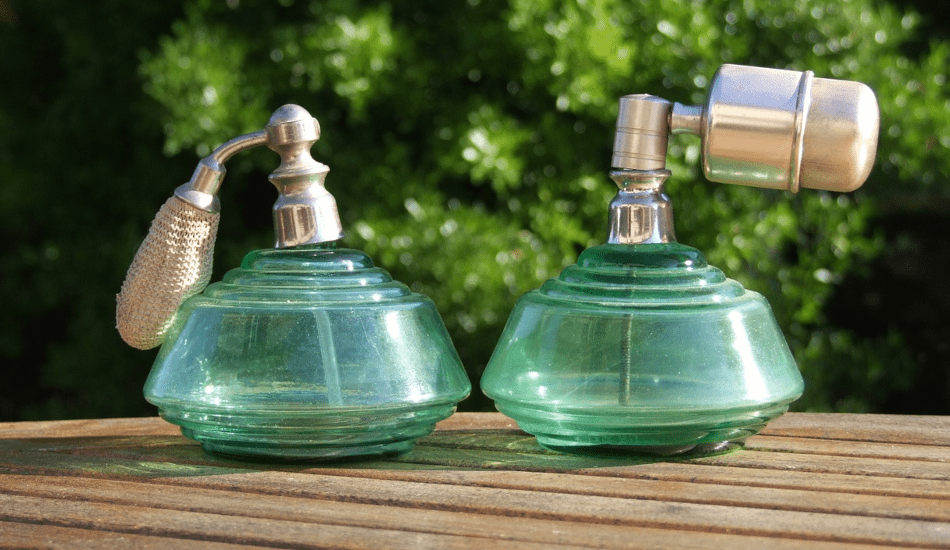Since synthetic perfumes contain chemicals, they can trigger allergic reactions and even chronic headaches in people. Some perfumes even have toxicity levels that are enough to cause cancer or thyroid complications with regular use. It is to avoid such risks that people often choose to use natural perfumes. What’s more, you can even make natural perfumes right at home!
Making natural perfumes
You need to follow a strict order when mixing essential oils. First, you need to add the base oil, then the oil for the middle note, and finally the one for the top note. When you wear perfume, the top note is the first thing people smell. It dissipates quickly and people are then able to smell the middle note. After these two smells have faded, people are gradually exposed to the base note.
Base notes often tend to give off an earthy fragrance and can make up about 5 to 20 percent of the perfume blend. Add 20 drops of sweet orange essential oil to your perfume bottle if you are going for the earthy, sensual smell. For a romantic and floral fragrance, add 25 drops of rose essential oil. If you are looking to create an energizing perfume, 14 drops of grapefruit oil should do the trick.

Sweet orange essential oil will give your perfume an earthy, sensual smell. (Image: Screenshot via YouTube)
Next, you need to add in the middle notes. They account for the biggest portion of the blend and can make up 50 to 80 percent of the perfume, depending on your preferences. Floral scents are ideal as middle notes. As such, adding 10 drops of lime essential oil is a great idea. However, if you want an earthy fragrance in the middle, add 15 drops of ylang-ylang oil derived from the cananga tree. For an energizing middle note, use 14 drops of ginger essential oil.
For the top note, most people prefer something minty and fruity. Ten drops of cedarwood oil or vetiver oil should give your perfume that punchy top note. Top notes usually make up around 5 to 20 percent of the overall perfume. You will now have to add in a preservative to ensure that the scent lasts for as long as possible. If your perfume contains 30 drops of essential oil, add in one or two ounces of alcohol. Scale up according to these measurements.
Use alcohol that has less flavoring and blends in well with the perfume. Shake the perfume bottle well. This will mix in the scents, allowing them to fuse. Let the bottle sit for a month or so before you open and use it for the first time. By then, the alcohol smell will have faded and the fragrance of essential oils strengthened.

Let the bottles sit for a month before you open them to use your natural perfumes for the first time. (Image: via Pixabay)
Benefits of natural perfumes
Synthetic perfumes are often tested on animals to make sure that they aren’t too toxic. But since natural perfumes do not contain any chemicals, no animals are harmed in the process of making them.
Also, natural perfumes give you the option of layering. “Mixing two synthetic perfumes can smell very unpleasant, whereas organic perfumes made from essential oils can be worn separately or layered to create different scents, depending on your mood… Non-natural perfumes mask the skin, whereas organic and natural perfumes create an individual, more personal scent on the wearer,” according to Pravera. Natural perfumes tend to smell more wholesome than synthetic ones. Plus, they also have calming, mood-enhancing, and energy-boosting effects.
Follow us on Twitter, Facebook, or Pinterest

